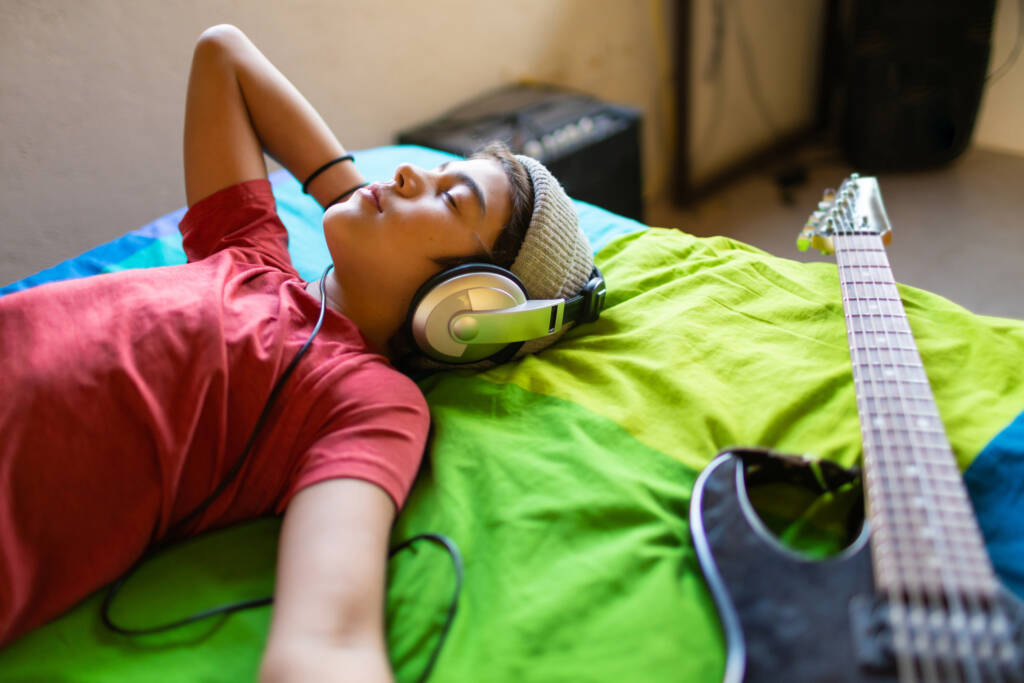
Middle School Math 2 Accelerated (Combines grade 7 & 8 math)

Note: MS Math 2 Accelerated combines the concepts and skills addressed in MS Math 2 and MS Pre-Algebra. Students completing this course will take Algebra 1 as their next math course. This course is for those wanting to accelerate in mathematics and is, therefore, more challenging than the standard MS Math 2 or MS Pre-Algebra.
Description: Have you ever wondered, “When will I use this in real life?” Grade 7 Accelerated Mathematics has great news! There are hundreds of ways that math is used in the real world, and this course is designed to help you think critically as you explore a few of those applications. With hands-on activities and interactive Lessons, students will have the opportunity to apply what they learn in relevant ways. Key foundational concepts like exponent laws, scientific notation, and the Pythagorean Theorem will help prepare students for the next level of learning.
Major Topics and Concepts
Instructional time for Grade 7 Accelerated Mathematics will emphasize six areas:
- Representing numbers in scientific notation and extending the set of numbers to the system of real numbers, which includes irrational numbers
- Generate equivalent numeric and algebraic expressions including using the Laws of Exponents
- Creating and reasoning about linear relationships, including modeling an association in bivariate data with a linear equation
solving linear equations, inequalities, and systems of linear equations - Developing an understanding of the concept of a function
- Analyzing two-dimensional figures, particularly triangles, using distance, angle, and applying the Pythagorean Theorem
Competencies
Algebraic Equations and Inequalities Fundamentals
Students will demonstrate an understanding of algebraic equations and inequalities fundamentals by explaining algebraic expressions, solving linear expressions with multiplication, solving two-step equations, and solving linear equations and linear inequalities.
Angles and Triangle Fundamentals
Students will demonstrate an understanding of angles and triangle fundamentals by describing the Pythagorean theorem and coordinate plane, solving angle relationship problems, and solving angle theorem problems.
Elements of Proportional Relationships
Students will demonstrate an understanding of elements of proportional relationships by explaining proportional relationships, explaining the application of constant of proportionality, graphing types of proportional relationships, and solving measurement system conversion problems.
Numerical Expression Foundations
Students will demonstrate an understanding of numerical expression foundations by explaining rational and irrational numbers, evaluating the law of exponents with whole numbers and integer exponents, evaluating order of operations with radicals, and describing the application of scientific notation.
Geometry Operations
Students will demonstrate an understanding of geometry operations by solving problems involving scale factor, solving problems involving circles and circumference, solving problems involving surface area of a cylinder, and solving problems involving volume.
Linear Equation Fundamentals
Students will demonstrate an understanding of linear equation fundamentals by explaining linear relationships, explaining slope intercept, graphing two-variable linear equations, and solving problems involving systems of linear equations.
Statistics and Probability Fundamentals
Students will demonstrate an understanding of statistics and probability fundamentals by explaining application of functions, describing scatterplots and line of fit, creating graphical representations, and solving probability problems.
Transformation Fundamentals
Students will demonstrate an understanding of transformation fundamentals by describing transformations and translations, describing reflections and rotations, explaining dilations, and solving problems involving proportional relationships between similar triangles.

